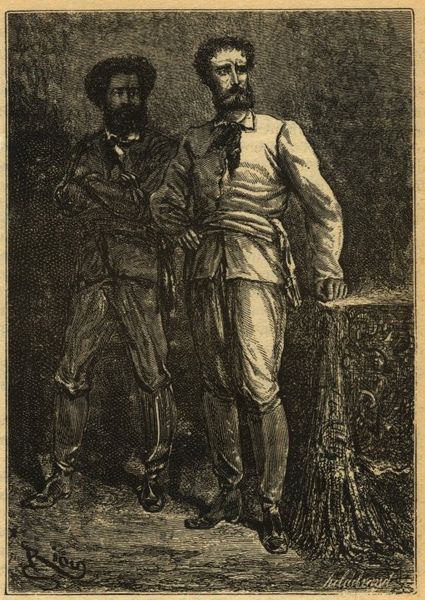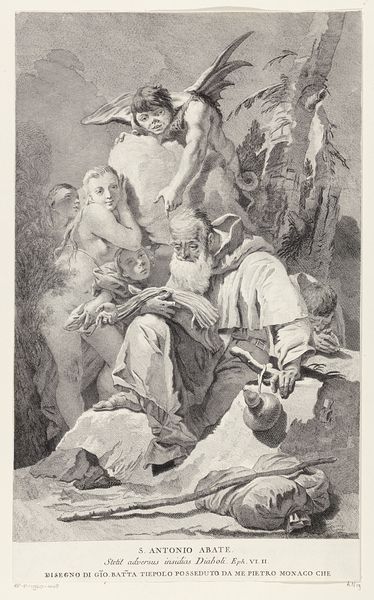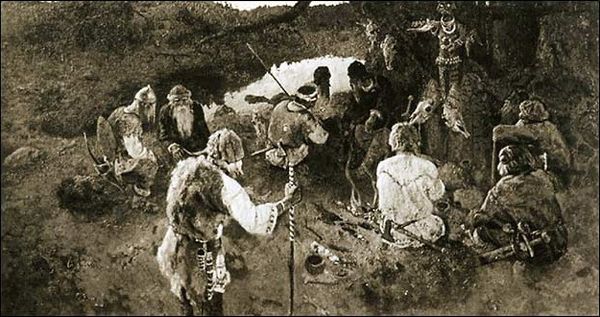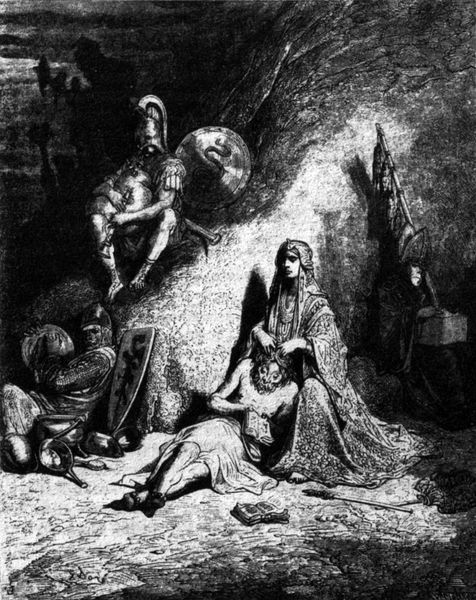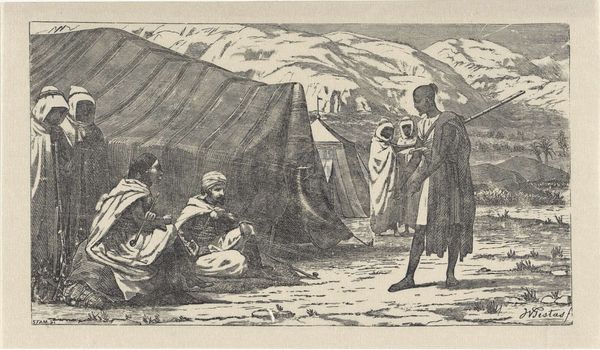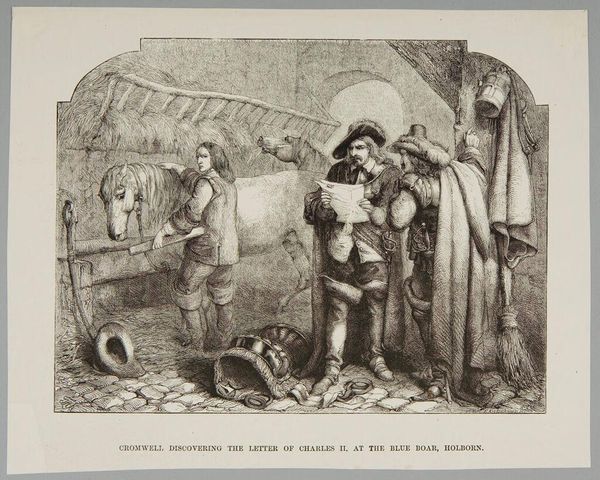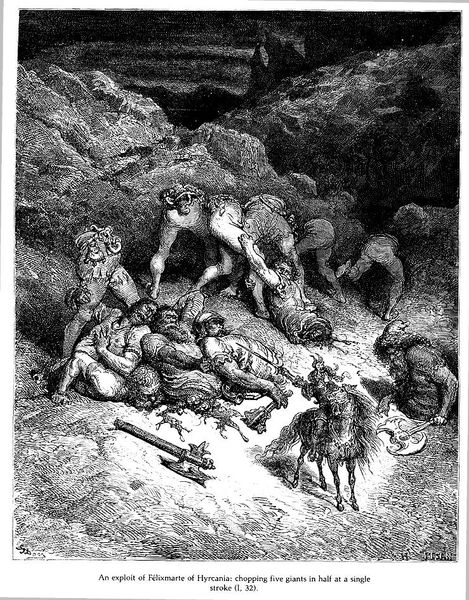
drawing, pencil
#
portrait
#
pencil drawn
#
drawing
#
pen sketch
#
pencil sketch
#
pencil drawing
#
pencil
#
pen work
#
pencil work
#
genre-painting
#
realism
Copyright: Public domain
Curator: Welcome. We're looking at Émile Bayard’s “The Cotton Market: Workers in the Cotton Market,” a pencil drawing completed in 1869. Editor: It feels… still. A quiet observation of a bustling industry. There's a contemplative mood emanating from the subjects. Curator: Note how Bayard utilizes light and shadow. The cross-hatching technique gives volume to the cotton bales, creating an almost sculptural quality. Observe the stark contrasts defining forms and textures. Editor: It’s striking how the soft texture of the cotton contrasts with the weariness etched on the faces of the workers. The positioning—two are seated, one stands—seems to communicate varied experiences within the same system. You see both labor and perhaps a moment's respite. Curator: Consider Bayard's artistic license. Though categorized under realism, is he depicting a purely objective view, or is there a subjective element at play? Does the detail in the faces of the workers give too much of a staged or arranged sensibility to what would naturally have been a more candid composition? Editor: Perhaps a critique on labor exploitation subtly embedded within this genre scene? Cotton at the time was integral to global trade and also deeply entangled with slavery and colonialism. Showing the laborers with dignity invites empathy, perhaps challenging the viewer to consider the human cost behind this market. Curator: An interesting consideration. Note the details in the subjects' garments. They aren’t generalized, there's individual nuance— perhaps indicating an attempt to dignify them, even if subtly. Yet is this emphasis aestheticizing their existence in a way that neutralizes critique? Editor: A valid counterpoint, yet to dismiss it entirely negates its potential impact. I interpret this piece to exist within the complexities of Realism – aiming for authenticity while also making visible social undercurrents of the time. Curator: Ultimately, Bayard has captured a specific moment, freezing labor, capital, and personhood. Editor: And perhaps prompting a continuous dialogue about representation, exploitation, and the complex relationship between art and social consciousness.
Comments
No comments
Be the first to comment and join the conversation on the ultimate creative platform.



